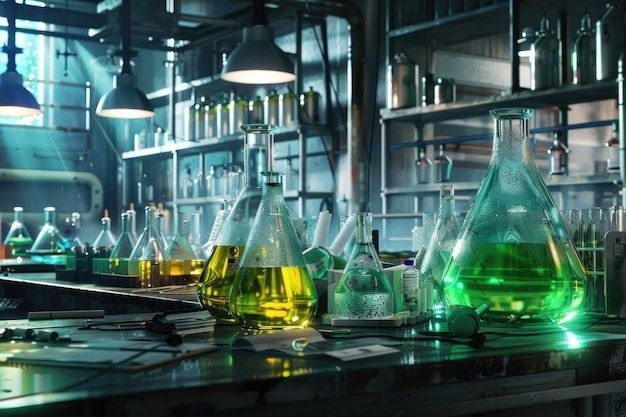What Determines Fuel Quality? (Key Laboratory Parameters and Their Significance)
Fuel quality is not measured by price alone. Its energy efficiency, engine safety, and environmental impact are defined by specific laboratory parameters established by international standards – EN 228 for gasoline and EN 590 for diesel.
Let’s review the main parameters and the standards necessary to assess high-quality fuel:
Octane Number (RON / MON)
What does it measure? The anti-knock property of gasoline, affecting engine performance and longevity.
Standard: EN 228 | Minimum: RON 95
Test Method: ASTM D‑2699 / D‑2700
Cetane Number (Diesel)
What does it measure? The ease of diesel ignition. Higher cetane leads to smoother and more efficient engine operation.
Standard: EN 590 | Minimum: ≥ 51
Test Method: ASTM D‑613
Sulfur Content
Why is it important? High sulfur levels damage the catalytic converter and increase harmful emissions.
Limit: Maximum 10 ppm (EU K5 level)
Test Method: ASTM D‑5453
Distillation Curve
What does it show? The fuel’s evaporation profile, which affects cold starts and complete combustion.
Standard: EN 228 / EN 590
Test: ISO 3405
CFPP – Cold Filter Plugging Point (Diesel)
Why is it needed? To assess diesel flow performance in winter conditions.
Limit: −15 °C (winter)
Test: EN 116
Density
What does it indicate? Fuel density determines its energy content per unit volume.
Gasoline: 720–775 kg/m³ | Diesel: 820–845 kg/m³
Test: EN ISO 3675
Vapor Pressure (RVP / VP)
Why is it important? Determines fuel volatility and volatile organic compound (VOC) levels, affecting environmental standards and safety.
Standard: EN 228
Test: EN 13016‑1
Summary:
Compliance with all these parameters is essential to ensure fuel does not damage the engine, burns completely, provides energy efficiency, and meets modern emission standards.
Current Standards
EN 228 (Gasoline):
- RON ≥ 95
- Sulfur ≤ 10 ppm
- Distillation: min. 22 % evaporated at 70 °C
EN 590 (Diesel):
- Cetane ≥ 51
- Sulfur ≤ 10 ppm
- Bio-components (FAME) ≤ 7 %
- Winter CFPP: −15…−20 °C


